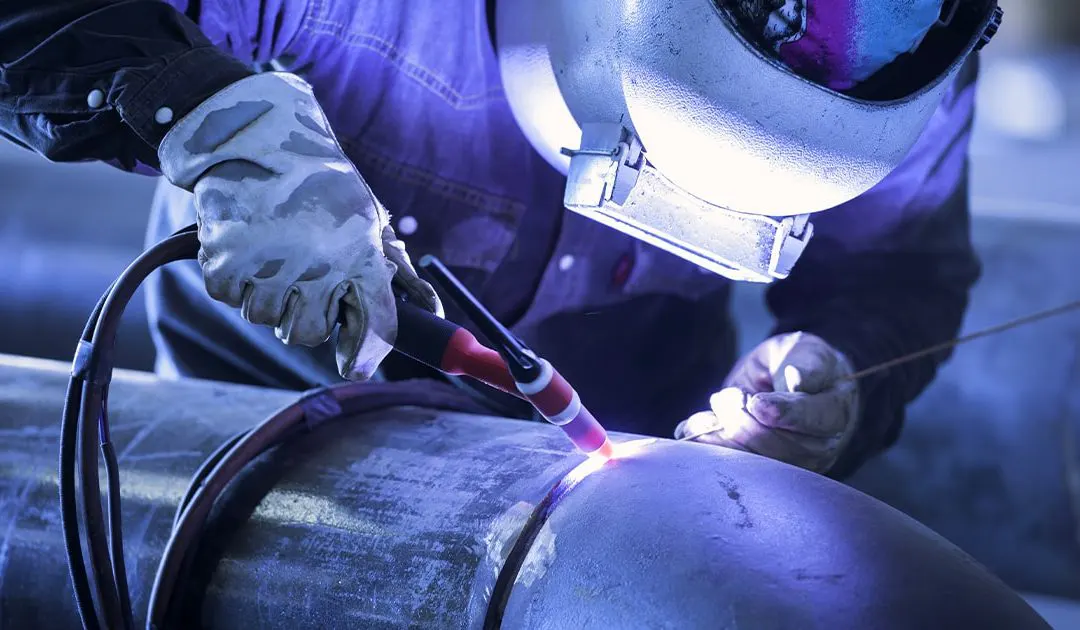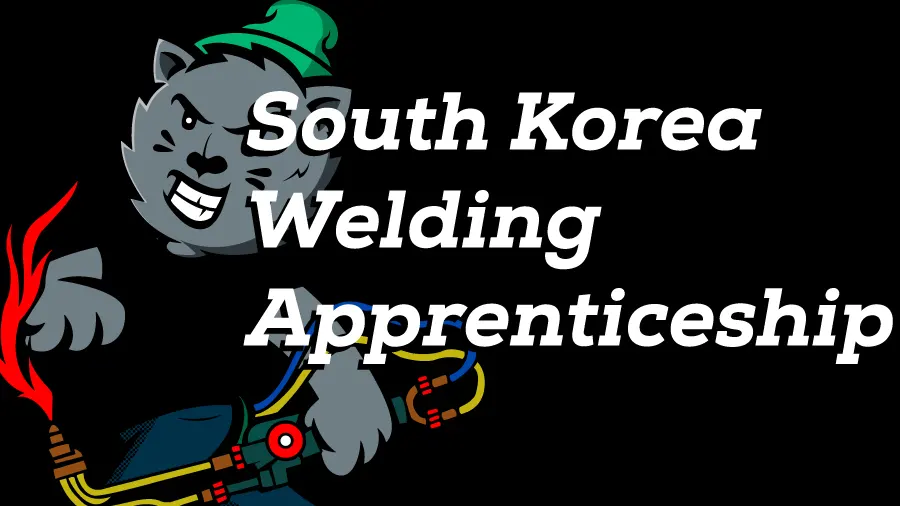Selecting the Best Welding Equipment for Your Business: A Guide to Optimizing Efficiency and Quality

Choosing the Welding Project Types You Will Be Taking on
Selecting the Best Welding Equipment When choosing the best welding equipment for your business, consider the type of welding activities you'll work on. Different equipment is better suited for certain welding types, so knowing your specific needs is crucial. Material Type Consider the type of material you'll be welding, such as mild steel, stainless steel, or aluminum. Utilizing equipment designed for the specific material ensures optimal results. Material Thickness Take into account the thickness of the material you'll be welding. Some equipment performs better with thicker materials, while others excel with thinner materials. Choose equipment that can handle the material thickness for smooth and effective welding. Welding Technique Consider the type of welding you'll perform, such as stick, MIG, or TIG welding. Acquiring equipment specifically designed for the welding technique is crucial for the best results. Environment Evaluate the environment you'll be welding in. Will you work in a shop or the field? Indoors or outdoors? Choose equipment designed for the specific conditions you'll operate under. Project Scale Consider the scale of your welding projects. Will you focus on small or large projects? How frequently will you weld? The size and scope of your projects are important when selecting the required equipment. In conclusion, carefully analyze the kind of welding operations you'll work on while selecting the right equipment for your business. Consider the material type, thickness, welding technique, environment, and project scope to make an informed decision and maximize productivity.

Understanding the Size and Volume of Your Welding Operations
Evaluating Welding Operations Before selecting the best welding equipment for your business, it's critical to assess the scale and nature of your welding operations. This includes considering your budget, project scope, welding quantity and type, and work setting. By accounting for these factors, you can choose the right equipment size and type tailored to your needs and ensure you have the necessary tools for effective welding activities. Budget Evaluate your equipment needs and create a suitable budget by examining the size and breadth of your welding operations. Project Scope Consider the scope of your projects, including the materials, thicknesses, and techniques involved in your welding work. Welding Quantity and Type Analyze the quantity and type of welding you'll be doing, such as stick, MIG, or TIG welding, and estimate the frequency of these tasks. Work Setting Evaluate the setting in which you'll be welding, such as indoors, outdoors, in a shop, or on a job site, and choose equipment that can withstand these conditions. By considering all these factors, you can select the most appropriate welding equipment for your business, optimizing productivity and ensuring successful welding operations.
Finding Any Specialized Requirements for Your Welding Equipment, Headline
Identifying Unique Welding Needs Determining any unique needs for your welding equipment is vital when selecting the best equipment for your business. Specialized requirements may include specific welding techniques, materials, or operating environments. Welding Techniques If you work on projects requiring precision welding, like TIG welding, you may need specialized equipment. Materials Using aluminum or other non-ferrous metals might require equipment designed specifically for non-ferrous materials. Operating Environments For hazardous environments, choose equipment that is safe and designed for such conditions. Recognizing specialized requirements ensures you select the most suitable welding machinery and have the right tools to handle your unique needs effectively.
Comparing the Qualities and Abilities of Various Welding Equipment
Comparing Welding Equipment Features When selecting the best welding equipment for your business, compare the features and capabilities of various tools. This helps you make informed decisions by understanding the pros and cons of alternative solutions. Welding Type Consider the type of welding you'll do, such as stick, MIG, or TIG welding. Choose equipment specifically designed for your welding technique to achieve the best results. Material Account for the material you'll be welding, like mild steel, stainless steel, or aluminum. Use equipment designed for your specific material to ensure optimal results. Power Source Consider the power source, such as AC or DC power, and ensure the equipment you choose is compatible with your available power supply. Portability Evaluate the device's portability. If you plan to work in multiple locations, choose portable, transportable equipment. Cost and Warranty Select equipment within your budget, considering future costs and potential returns. Long-term cost-effectiveness may come from higher-quality equipment with longer lifespans and less maintenance. Check the warranty for equipment longevity. In conclusion, comparing welding equipment characteristics and capabilities is essential for choosing the right products for your business. Consider the type of welding, material, power source, portability, cost, and warranty to make a decision that ensures the best results and maximum efficiency. Read reviews and consult other business owners or experts to gain a better understanding of equipment functionality.Reading reviews and receiving feedback from other business owners is covered in
Reading Reviews and Seeking Advice Reading reviews and soliciting advice from other business owners is an essential step in deciding which welding equipment is ideal for your organization. This information helps you make informed decisions tailored to your specific needs. Dependability Reviews give insights into a product's reliability and manufacturer support, including maintenance and repair ease. Real-World Performance Feedback from other business owners helps gauge equipment performance in real-world settings, enabling you to identify potential issues you might encounter. By reading reviews and gathering advice, you can choose the right welding equipment for your company, ensuring you get the best results and maximize efficiency.
Determining the Cost and Availability of Replacement Parts and Maintenance
Maintenance and Replacement Parts Determining the cost and availability of maintenance and replacement parts is vital when selecting the best welding equipment for your business. This information helps you make informed decisions tailored to your specific needs. Replacement Parts Consider the price and availability of replacement parts to minimize downtime and maintain equipment in good working condition. Maintenance and Repair Costs Factor in the cost of maintenance and repair services to ensure you select equipment that's affordable to maintain and repair, especially for businesses with limited resources. In conclusion, understanding the availability and cost of replacement components and maintenance helps you choose the right welding equipment for your business, ensuring affordable and timely equipment upkeep and repair.
Weighing the Advantages and Disadvantages of Different Options
Pros and Cons of Welding Equipment When buying welding equipment for your firm, weigh the pros and cons to make an informed decision. Versatility Some welding equipment is multi-process, suitable for a variety of activities – ideal for businesses handling diverse projects. Portability Some welding gear is designed for transport, making it easy to move between locations or job sites. Drawbacks Consider the higher cost of some welding equipment, potential for increased maintenance, and shorter lifespan as drawbacks affecting overall expenses and return on investment. By evaluating adaptability, cost, portability, and maintenance requirements, you can make an informed decision to maximize productivity. Also, read reviews and get feedback from others to better understand equipment performance in practical settings.
Taking into Account Potential Return on Investment and Long-Term Costs
ROI and Long-term Costs Considering the potential ROI and long-term costs is vital when selecting the best welding equipment for your business. Initial Cost and Future Expenses Estimate the equipment's initial cost, maintenance, repair, and component replacement costs to ensure affordability and long-term cost-effectiveness. Potential ROI Consider the financial benefits of investing in higher-quality equipment, which may have a higher initial cost but require less maintenance over time. Taking into account long-term costs and potential ROI ensures that your equipment investment is cost-effective over time, helping businesses with limited resources make informed decisions.

Getting Professional Help, If Needed
Professional Advice For selecting the best welding equipment for your business, getting professional advice is essential. Consult Experts Speak with industry experts, such as welding equipment manufacturers, welding supply companies, or welding specialists, for insightful guidance and details. Latest Technology Experts can inform you about the most recent advancements in welding technology and suggest suitable equipment for your specific needs. Training They can provide training on correct use and maintenance, ensuring safe and productive operations. Consulting professionals is vital for businesses new to the welding sector or unfamiliar with the latest advancements. This ensures the right equipment is selected, and operators have the required skills and expertise.
Schedule Routine Maintenance and Calibration
Maintenance and Calibration Proper maintenance and calibration are essential for safe and effective welding operations. Regular scheduling helps keep equipment in good condition and extends its lifespan. Manufacturer's Recommendations Follow the user manual for maintenance schedules to ensure proper care and avoid voiding warranties. Usage and Environment Consider how frequently the equipment is used and the environment it's used in. Difficult conditions may require more frequent maintenance. Types of Maintenance Perform user-friendly tasks like cleaning and lubrication. Leave electrical repairs or component replacements to qualified professionals. Calibration Calibrate equipment at least once a year, or more frequently based on usage and conditions. This ensures accuracy and adherence to manufacturer instructions. Keep track of maintenance and calibration records for future reference and to provide documentation to warranty or insurance providers.

Upgrade and Replace Equipment as Needed
Upgrading and Replacing Equipment To keep welding operations productive and efficient, regularly upgrade and replace equipment as needed. Changing Technology and Standards Comply with the latest best practices by updating equipment according to technological advancements and industry standards. Wear and Tear Replace equipment experiencing wear and tear from heavy use or hazardous environments to maintain optimal performance and safety. ROI and Long-term Cost Consider potential return on investment and long-term costs when deciding to upgrade or replace equipment. Benefits of Upgrading Utilizing the latest technology and equipment can increase production, efficiency, and security. Upgrading or replacing equipment helps reduce downtime and extend the lifespan of your current equipment.
Making sure safety requirements are followed
Safety Compliance in Welding Ensuring compliance with safety regulations is crucial for maintaining a safe and efficient welding process. Understanding Regulations Know the safety regulations related to your business and equipment, including those set by OSHA, AWS, and other organizations. Personal Protective Equipment and Safety Measures Follow guidelines for personal protective equipment, ventilation, and fire prevention. Equipment Safety Certifications Check that your welding equipment complies with safety regulations and has required certifications, such as CE or UL. Benefits of Compliance By following safety regulations, ensure secure welding operations for employees and the public, avoid fines or penalties, and reduce accidents, injuries, and liability risks.
Tips for choosing welding equipment successfully
Proper Calibration and Maintenance for Welding Equipment For secure and effective welding operations, proper calibration and maintenance are crucial. Scheduling Routine Maintenance Follow the manufacturer's recommendations, usage, and environment to keep your welding equipment in good working order and extend its lifespan. Types of Maintenance and Calibration Ensure the appropriate maintenance and calibration are carried out for your welding equipment. Record Keeping Track all maintenance and calibration to know when the next service is needed and provide proof of proper maintenance to warranty or insurance providers. Impact on Business Success Regular maintenance and calibration are essential for the performance and lifespan of your welding equipment, ultimately contributing to your business success.
